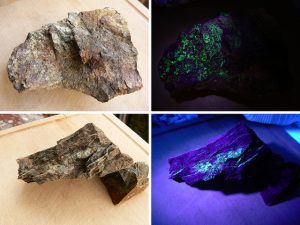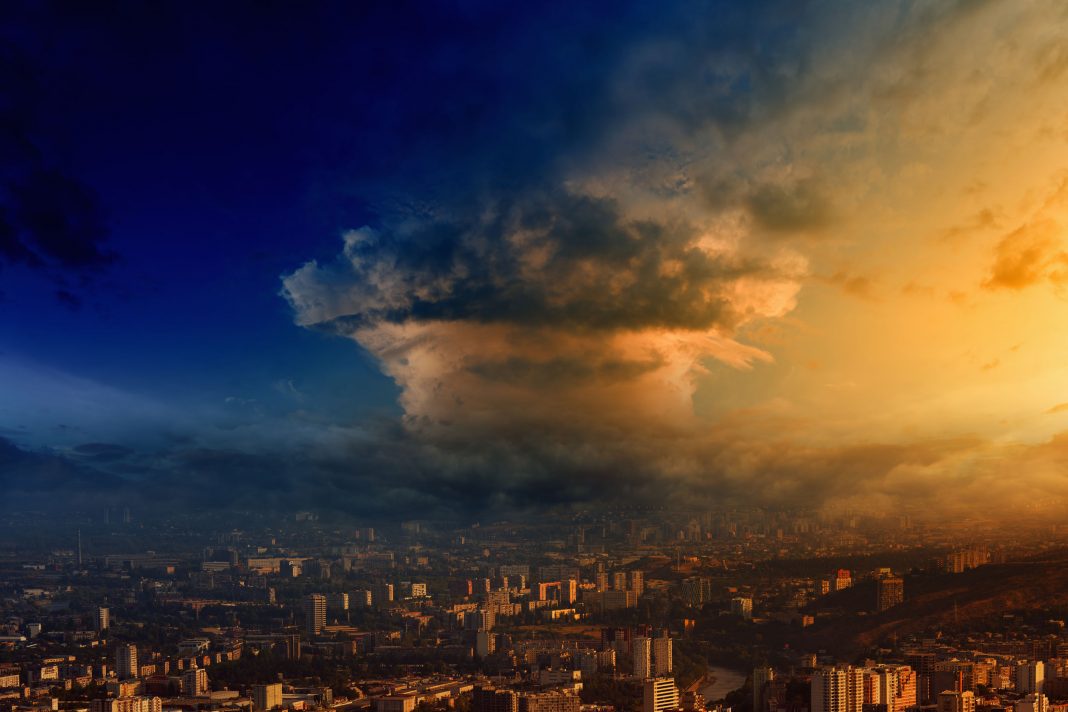
1. It is the heaviest element in the universe
Uranium is heavy, and is nearly three times as dense as iron. This makes it atomically unstable, which contributes to it being radioactive. Uranium’s natural radioactivity – the emission of particles from the its nucleus – is not dangerous in nature, but it can be harnessed in the lab to unleash tremendous energy.
2. It’s a force for good and bad
The energy from uranium’s natural radioactivity can be used in atomic bombs, such as the one that devastated the Japanese city of Hiroshima in 1945, during World War II. But nuclear energy is also a widely used and efficient form of power generation; it provides electricity in many countries around the world.
3. It is mined in Zambia
Uranium can be mined in its own right, but is also found as a by-product of other minerals, such as copper, gold and phosphate. For example, Barrick Lumwana copper mine in North-Western province recovers uranium as a by-product. The biggest producers in Africa are Namibia and South Africa.
4. It is found in certain foods
Humans can ingest uranium through trace amounts found in seafood and some root vegetables. However, relax – you won’t glow in the dark! The amounts are so tiny as to be harmless, as our kidneys get rid of it easily.
5. It gets its name from a planet
Uranium is named after the planet Uranus, the seventh planet from the Sun. German scientist, Martin Heinrich Klaproth, discovered uranium in his laboratory in 1789. He decided to call the new element uranium, after the planet, which had been discovered eight years earlier.























